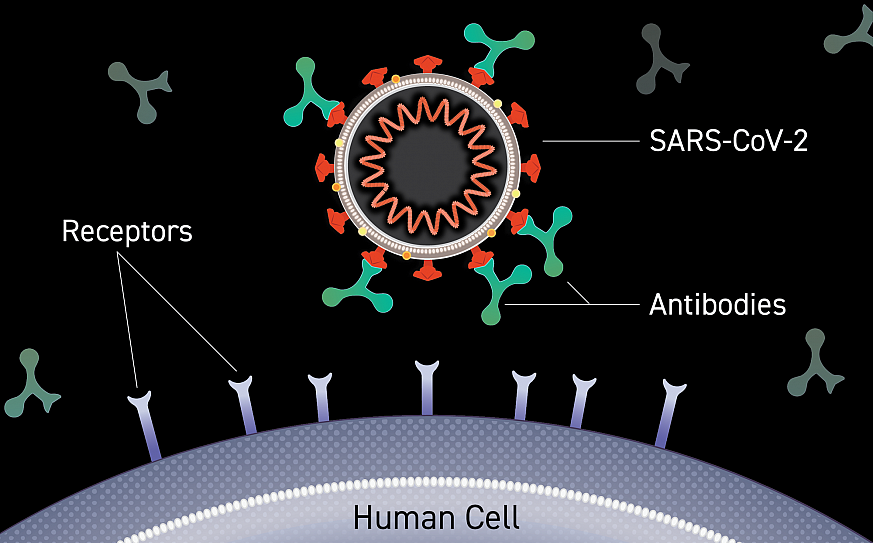The study of forces and motion is a cornerstone of physics, providing the foundation for understanding how objects interact and move in the universe. At the heart of this field are Sir Isaac Newton’s three laws of motion, which describe the relationship between a body and the forces acting upon it. These laws, formulated in the 17th century, remain fundamental to modern science and engineering. This article explores Newton’s laws of motion, their principles, and their practical applications in everyday life and advanced technologies.
Newton’s First Law: The Law of Inertia
Newton’s first law, often referred to as the law of inertia, states that an object will remain at rest or in uniform motion in a straight line unless acted upon by an external force. In simpler terms, objects resist changes to their state of motion. This resistance is called inertia, and it depends on the mass of the object. The greater the mass, the greater the inertia.

For example, consider a book lying on a table. It will stay in place until someone applies a force to move it. Similarly, a passenger in a car feels a backward push when the car accelerates because their body tends to remain in its original state of rest. This law explains why seatbelts are essential—they provide the external force needed to stop passengers from moving forward during a sudden stop.
Newton’s Second Law: The Law of Acceleration
Newton’s second law quantifies the relationship between force, mass, and acceleration. It states that the acceleration of an object is directly proportional to the net force acting on it and inversely proportional to its mass. Mathematically, this is expressed as F = ma, where F is force, m is mass, and a is acceleration.
This law is fundamental in designing vehicles, machinery, and structures. For instance, engineers use it to calculate the force required to launch a rocket into space. The greater the mass of the rocket, the more force is needed to achieve the necessary acceleration. Similarly, in sports, athletes apply this law to optimize their performance. A soccer player kicking a ball uses force to accelerate it, and the ball’s mass determines how far it will travel.
Newton’s Third Law: The Law of Action and Reaction
Newton’s third law states that for every action, there is an equal and opposite reaction. This means that when one object exerts a force on another, the second object exerts an equal force in the opposite direction. These forces act on different objects and are simultaneous.
A classic example of this law is the propulsion of a rocket. As the rocket expels gas downward (action), the gas exerts an equal and opposite force upward (reaction), propelling the rocket into the sky. Similarly, when you walk, your foot pushes backward against the ground (action), and the ground pushes you forward (reaction), enabling you to move.

Applications of Newton’s Laws in Everyday Life
Newton’s laws of motion are not just theoretical concepts; they have practical applications in our daily lives. From driving a car to playing sports, these laws govern how objects move and interact.
- Transportation: The design of vehicles, from bicycles to airplanes, relies on Newton’s laws. For example, brakes in a car use friction (an external force) to decelerate the vehicle, demonstrating the first law. The engine generates force to accelerate the car, illustrating the second law. The wheels push backward on the road, and the road pushes the car forward, showcasing the third law.
- Sports: Athletes unconsciously apply Newton’s laws to improve their performance. A basketball player shooting a hoop uses force to accelerate the ball, while a swimmer pushes against the water to move forward, demonstrating action and reaction.
- Construction: Engineers use these laws to design stable structures. For example, the forces acting on a bridge must be carefully calculated to ensure it can withstand the weight of vehicles and environmental factors like wind.
Advanced Applications in Science and Technology
Newton’s laws also underpin many advanced technologies and scientific endeavors. In space exploration, these laws are crucial for calculating the trajectories of spacecraft and satellites. The motion of planets and celestial bodies is governed by the same principles, enabling scientists to predict astronomical events.
In robotics, Newton’s laws inform the design of machines that can move and interact with their environment. For example, robotic arms in manufacturing plants use precise forces to assemble products, while drones rely on action and reaction to achieve flight.
Conclusion
Newton’s laws of motion are foundational principles that explain the behavior of objects in the universe. From the simple act of walking to the complex mechanics of space travel, these laws have far-reaching applications in science, engineering, and everyday life. By understanding forces and motion, we gain insights into the physical world and the tools to innovate and solve problems. Newton’s timeless contributions continue to shape our understanding of the universe, proving that the study of motion is not just about objects in motion but about the forces that drive progress and discovery.
































